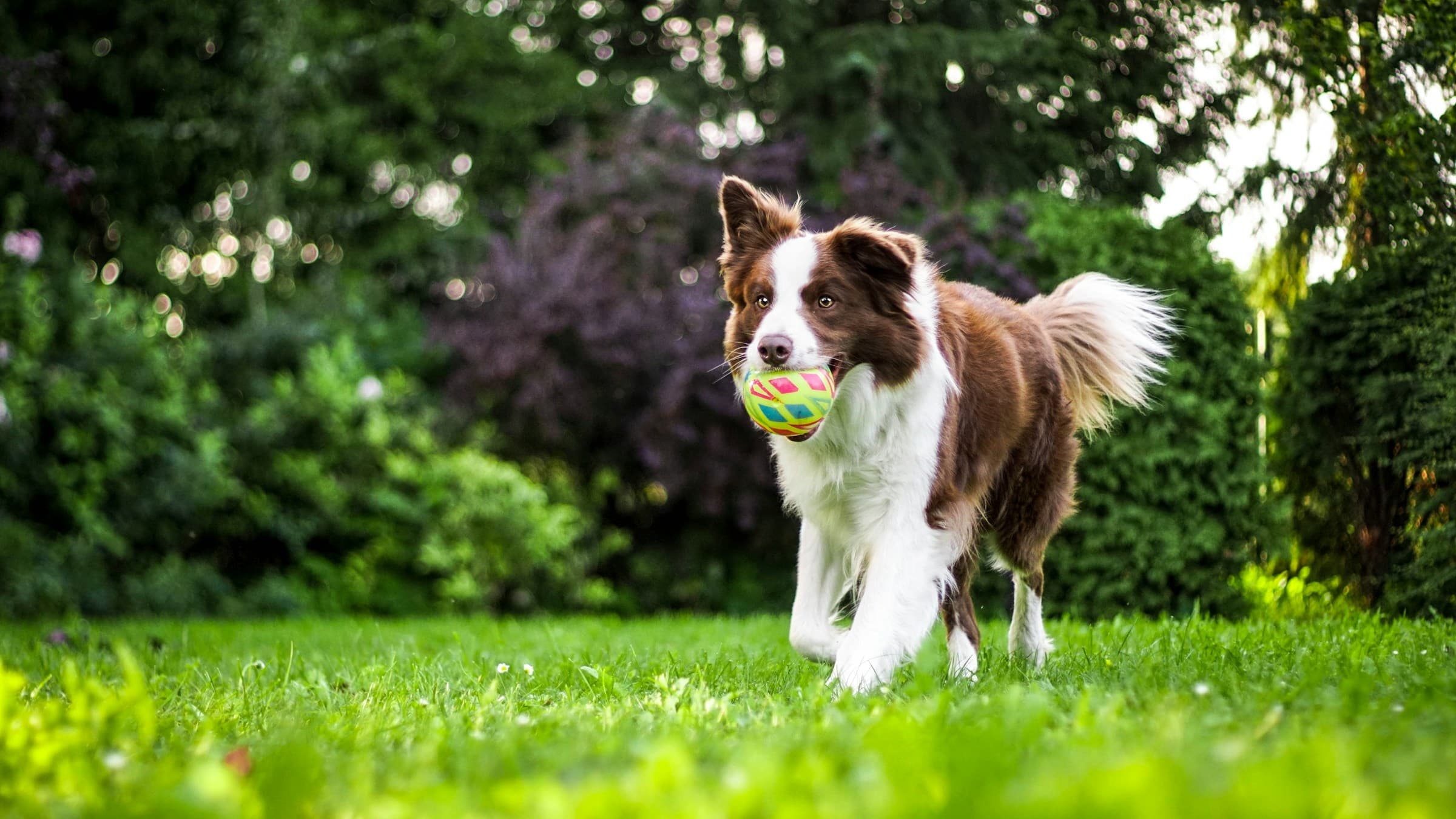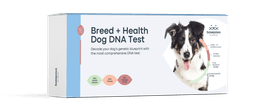Being overweight is not healthy for anyone, let alone dogs. So, it’s important to do everything within your power to ensure your dog doesn’t become overweight. Like humans, if they gain some extra pounds, dogs will have many health risks such as diabetes, joint illness, heart disease, etc.
Fortunately, managing dog obesity doesn’t necessarily mean a life sentence for your dog. With proper guidance, you can assist your pet with losing weight for a better life. Below is a detailed guide on how you can help your dog in their weight loss program while ensuring that the whole process is healthy and safe.
Consult a Veterinarian First
If you want to put your dog on a journey to lose weight, it’s crucial to speak to a veterinarian first. There might be some underlying issues the vet can rule out that might be causing your dog to gain weight. Even if your dog is perfectly fine, the vet can help you choose the ideal weight loss plan according to your dog’s age and breed.
The Food Factor
When it comes to weight control, dog food is one of the most important factors you should look into. It is important to choose low-fat and high-protein foods so your dog can properly lose weight. Ideally, you should always go for high-quality foods that are nutritionally balanced for your dog’s breed and age.
Portion Control
Another effective way to help your dog lose weight is by controlling their portion size. One common mistake many dog owners make is overfeeding their dogs without realizing it. You should always follow your vet’s guidance and measure each portion adequately.
You can also split your dog’s meals into smaller, more frequent meals throughout the day. This way you will keep them more satisfied and full.
Scheduled Feeding Times
Another important factor you can pay attention to is feeding times. You can easily prevent your dog from overeating by establishing a feeding routine they will stick to. Doing this will reinforce a schedule and positive eating habits that won’t result in weight gain.
Treats Count, so Count Them
Excessive snacking is another factor that might result in your dog becoming obese. While treats and snacks are great tools for training and bonding, they are the most common factor for weight gain. You can manage this by choosing low-calorie treats or healthier alternatives to store-bought treats.
Exercise Is Crucial
Aside from food, another important component of healthy weight loss is exercise. Regular exercise can improve your dog’s physical and mental well-being. You can take your fat dogs swimming or even simply increase the walking time. For training, start with low-intensity exercise and then gradually increase the load to avoid strain and injury.
Track Progress
Overall, it is important to track your dog’s weight loss progress. This way you will know whether the dog diet plan is working or not. Ideally, you should weigh your dog every two weeks and track the progress every time you weigh them. Aside from their weight, you should also track their energy levels and any body changes.
Rule Out a Medical Condition
If you have realized that your dog can’t shed some weight regardless of being put through dietary changes and exercise routines, then it is high time you visited a vet. It is also possible for your vet to eliminate whether or not there may be health issues that are denying your dog the ability to lose weight.
Weight Loss Is a Long Game
It’s important to understand that weight loss is a long journey. For weight loss to be effective, it requires time and patience. Losing weight rapidly can be detrimental to everyone, especially pets, as they can easily lose their muscles and potentially develop other health issues.
If you want your dog to lose weight healthily, hit small milestones gradually. Preferably, set a goal for your dog to lose 1-2% of their body fat every week. This way, not only will they achieve a successful weight loss, but you will also keep your dog happy long term.
Frequently Asked Questions
What is the best dog food to lose weight?
The ideal dog food for weight loss is high in protein and fiber content to ensure that the dog gets full on fewer calories. Make sure to consult your veterinarian to know which diet is best suited for your dog’s breed, age, and health status.



